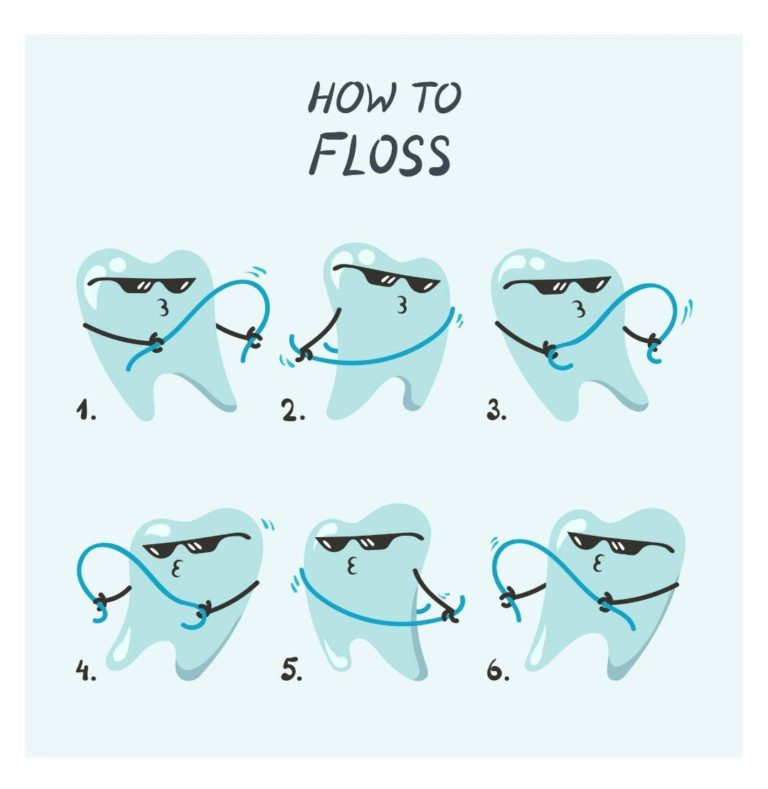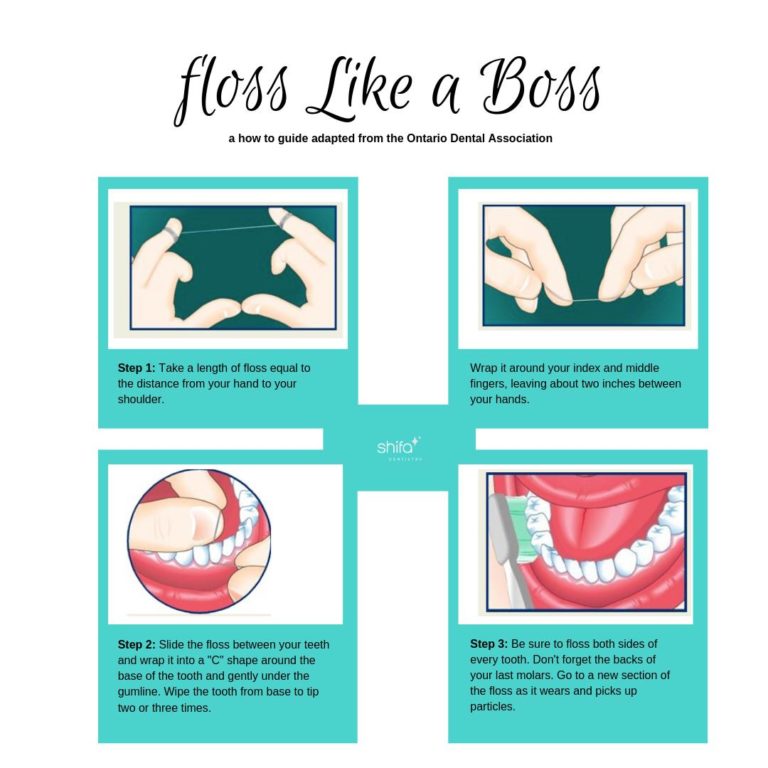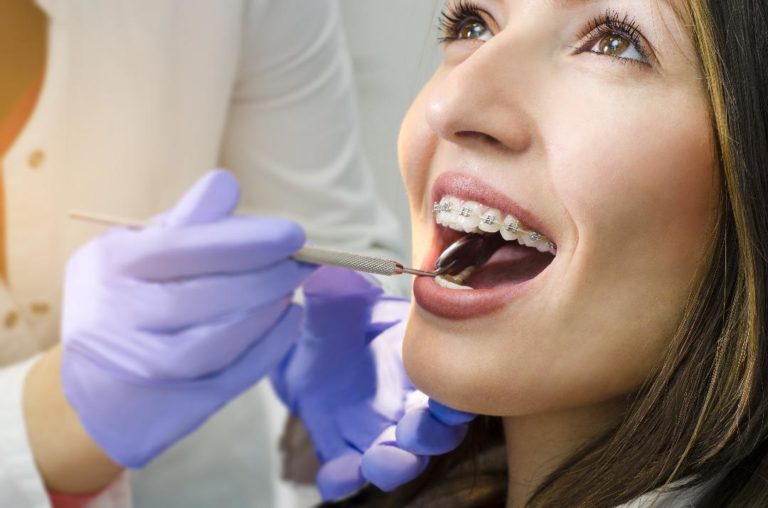Three Techniques That Will Help You Floss Like A Boss
Blog:Three Techniques That Will Help You Floss Like A Boss

Did you know that according to the Canadian Health Measures Survey (CHMS), 28% of Canadians floss at least five times a week, and even though cavities are preventable, 96% of adults and nearly 60% of children and teens have a history of tooth decay?
Although brushing your teeth is a crucial cavity preventive measure, flossing at least once per day reaches 35% of tooth surfaces that your toothbrush cannot reach. When you floss, you remove the plaque and bacteria that build up every day, which can cause gum disease if not removed.
In this blog, we will cover three excellent flossing techniques that can help you and your loved ones floss like a boss.

FLOSSING FOR CHILDREN
Sometimes it can be tricky to floss your child’s teeth or introduce it into their daily routine. These four tips could help you establish healthy flossing habits for life.
1. Try using a floss stick on your children if they have trouble with regular floss. ⠀
2. Introduce flossing at a young age so your child can get accustomed to it in their routine. ⠀
3. Floss in front of your children because they don’t always do what you say, but they will often copy what you do.⠀
4. Bring your children in for regular dental appointments and the dental hygienist can show you and your child some useful flossing techniques.
For more tips on brushing your children and babies teeth please read, Three super simple tips to help you brush your babies teeth

FLOSSING FOR ADULTS
Adults must make flossing a priority because of the high percentage of cavities found in this demographic. Here are the four steps to flossing, as presented by the Canadian dental association. You can also download the floss like a boss image to have these tips on hand.
Step 1
Take a length of floss equal to the distance from your hand to your shoulder. Wrap it around your index and middle fingers, leaving about two inches between your hands.
Step 2
Slide the floss between your teeth and wrap it into a “C” shape around the base of the tooth and gently under the gum line. Wipe the tooth from base to tip two or three times.
Step 3
Be sure to floss both sides of every tooth. Don’t forget the backs of your last molars. Go to a new section of the floss as it wears and picks up particles. After flossing, roll it up in a tiny ball and put it in the garbage. Never flush floss down the toilet.
Step 4
Brush your teeth after you floss – it is a more effective method of preventing tooth decay and gum disease.
Bonus tip: Watching TV or listening to music can make flossing a bit more entertaining.

FLOSSING WITH BRACES
If you have braces, it is even more critical to keep up with your flossing regiment. When you do not adequately brush or floss your braces, plaque can build up creating permanent brown or white marks on your teeth. Not to mention the risk of developing cavities.
Ensuring that you are flossing all surfaces front to back takes longer, but it is a skill that you can master using the proper tools like a floss threader or floss picks.
If you have children with braces, spend some extra time with them to ensure they are flossing correctly. If you have any questions about flossing with braces, you must bring it up to your dentist or orthodontist.
Here is a video that shows an example of how to properly floss braces.
COMMON FLOSSING ISSUES
Bleeding gums: When you first start flossing, it is common to have bleeding gums, and it should stop after about two days. If the bleeding does not stop, it is crucial to consult your dentist as there might be an underlying dental issue.
Fraying Floss: If your floss frays, it could be due to an old filling or a rough tooth surface. Consult your dentist to see what kind of flossing technique or procedures can help you become a flossing master.



